This article is brought to you by StatBanana, the best Dota 2 strategy tool.
Valve has released its biggest matchmaking update for Dota 2 ever, including radical changes and adjustments, while also laying out a brief roadmap for the future of the video game.
While Valve is famous for its flat structure, which has been credited as a boon for the developers’ innovation and creativity, Valve is also notorious for its poor communication with the community. That trend seems to have seemingly changed after nine years of Dota 2.
An official blog post announced the matchmaking update right on the heels of the release of the Immortal Treasure 3, addressing several of the community’s complaints about matchmaking and then some. The developer pushed out the update as “experimental changes” that will last until the end of the season.
Solo and party MMR has been a staple measurement since the beginning, with solo MMR being regarded among the community as more valuable and as a more accurate measure of skill. When Valve updated the ranking system to include badges, players with high party MMR couldn’t progress past a certain badge, and actually couldn’t be ranked on the leaderboards regardless of how high they climbed.
Valve acknowledged that all these factors “overly emphasizes” solo MMR, causing players to prefer solo matchmaking rather than party. Valve said that “Dota is a very teamplay heavy game” and wanted to work in that focus better into matchmaking. While the developer has “considered other approaches to the friend and teamplay incentives,” Valve remained confident in its out-of-the-box decision. The developers confirmed that “there is more work to be done here” and will continue working hard on the aspect.
Valve has also moved the Ranked Roles feature to the public domain. While previously an exclusive feature of the paid Dota Plus service, Ranked Roles will now be an essential part of the public matchmaking system along with distinct core and support MMRs.
The new Ranked Roles system now allows people to check multiple roles, and also introduced “Soft Support” and “Hard Support” as the four and five positions. Previously, there was only one “Support” option for the Dota Plus feature. Now, leaderboards will be established not just on the value of your solo MMR, as they will also take into account the differentiated core and support MMR.
The matchmaking system has long been a point of contention among the community, as both pros and pub players have voiced their displeasure with it. Valve certainly seems to have taken several of those concerns in mind, all the while making major changes. Valve has always tinkered with the matchmaking system. But the changes here promise to have far-reaching consequences for the longevity of the game.




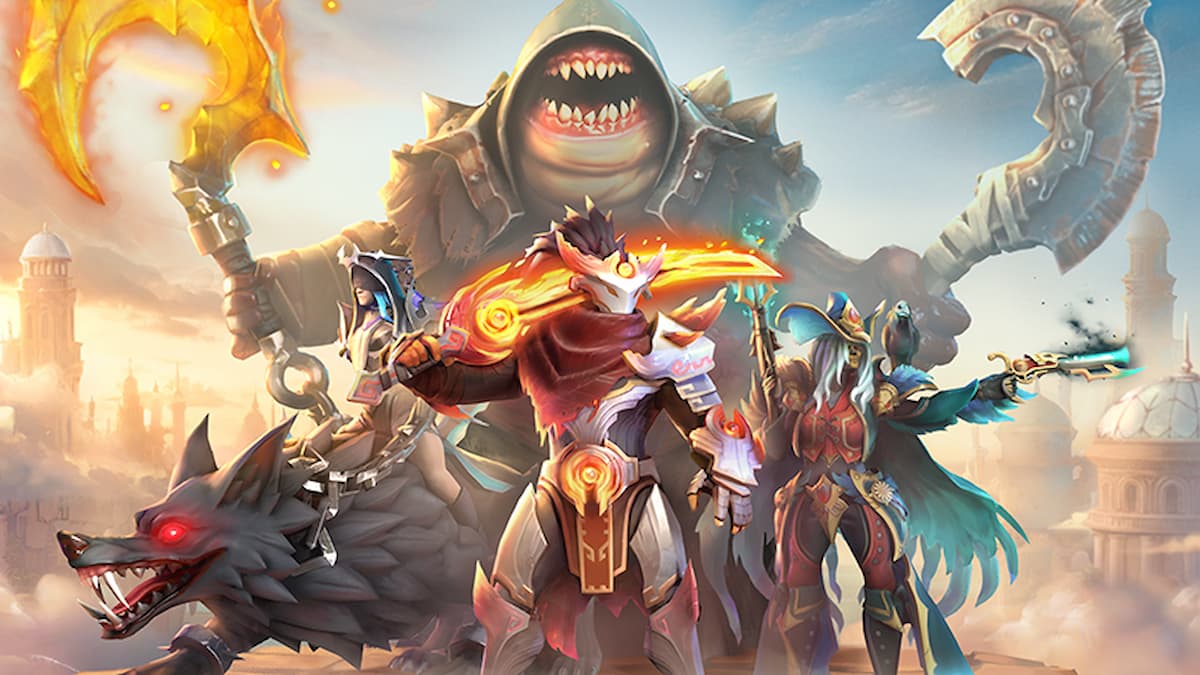


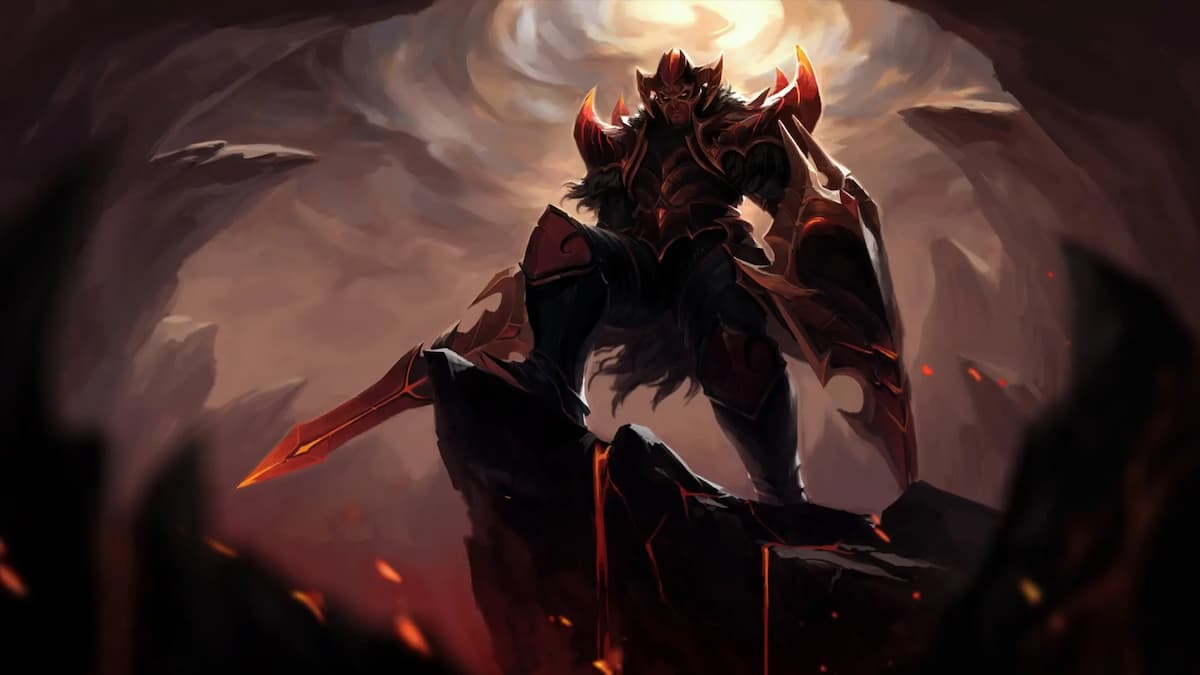
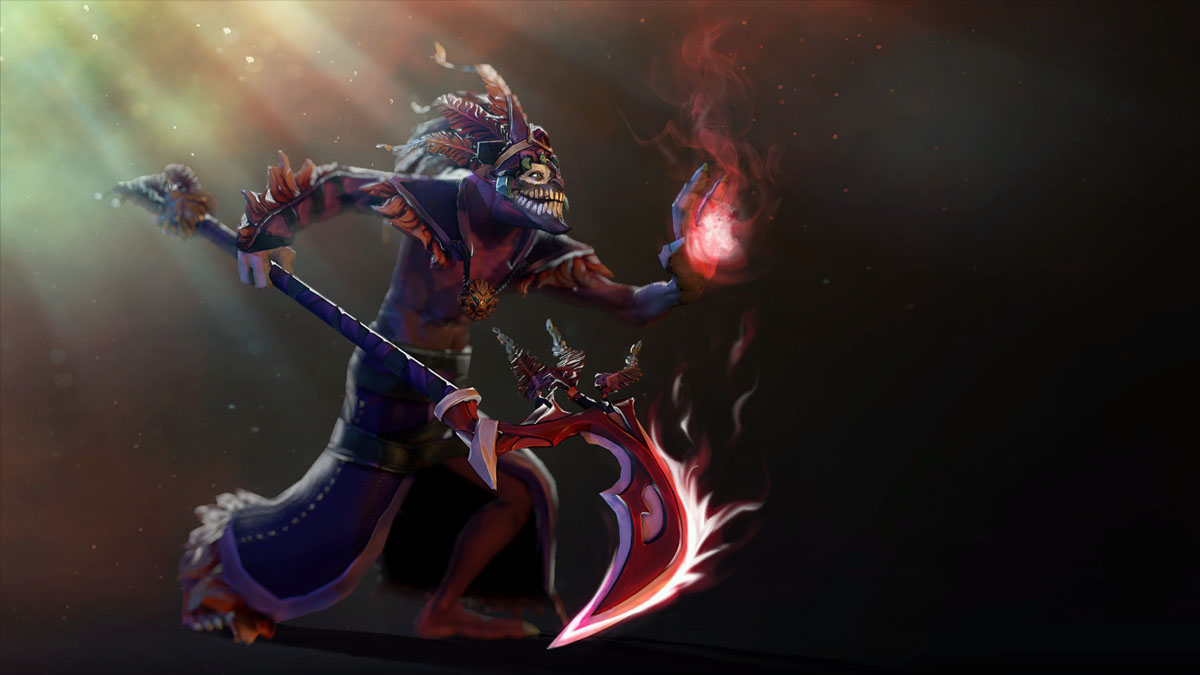

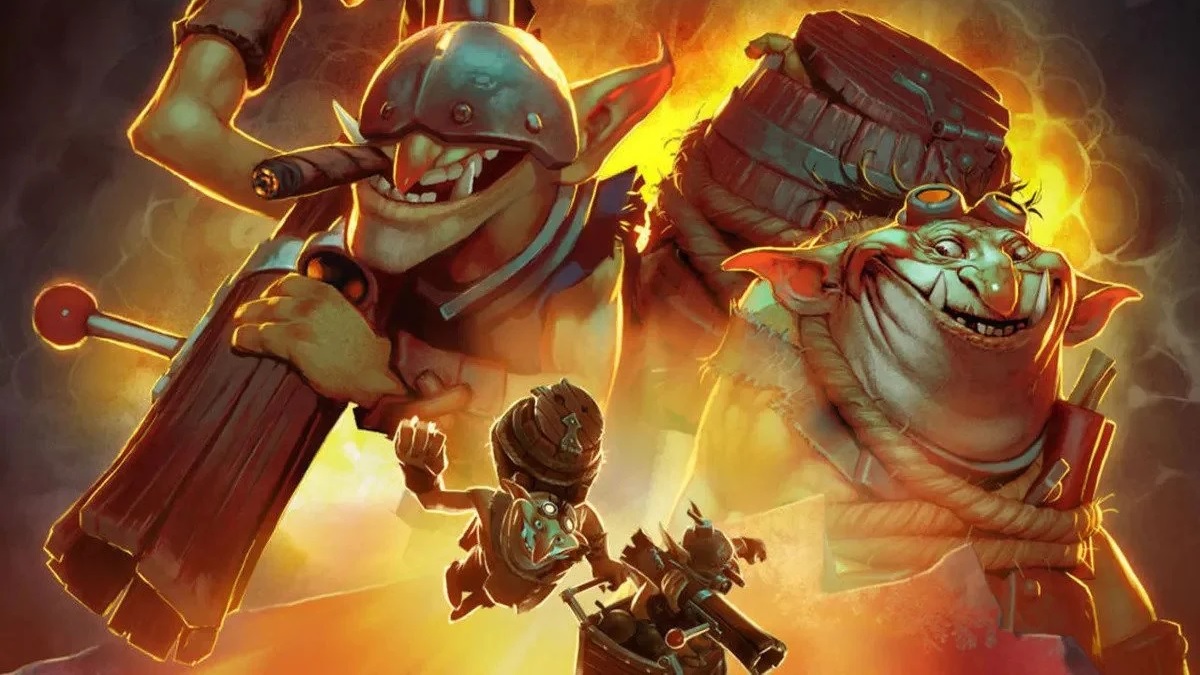
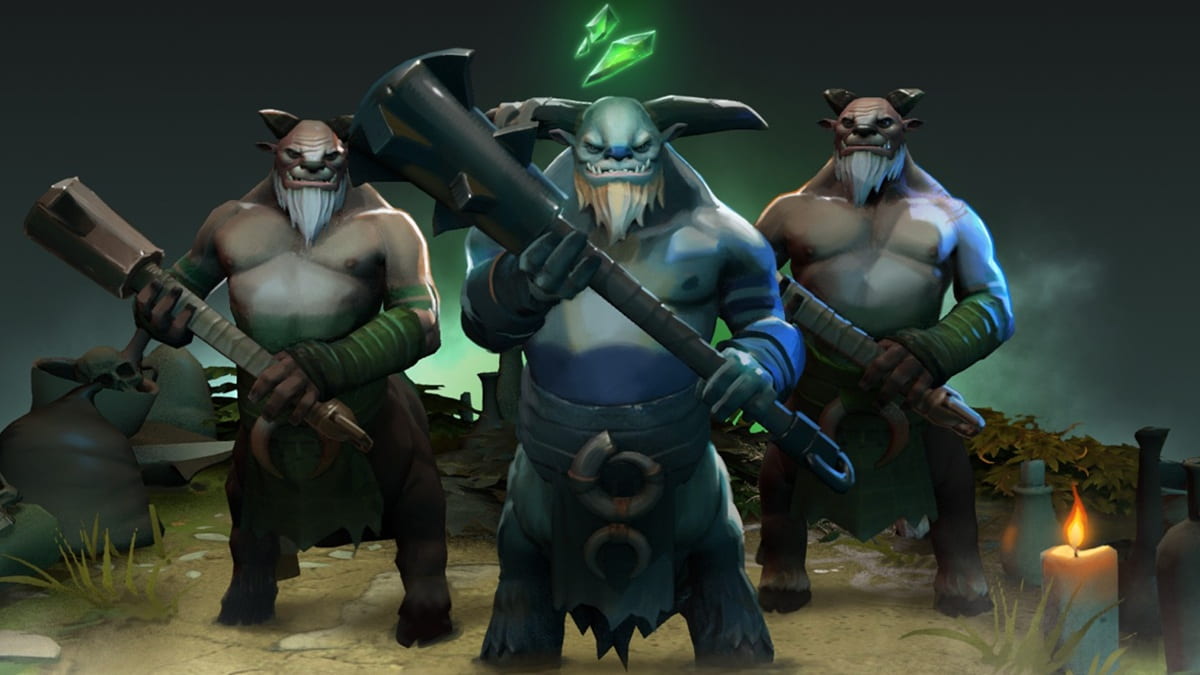
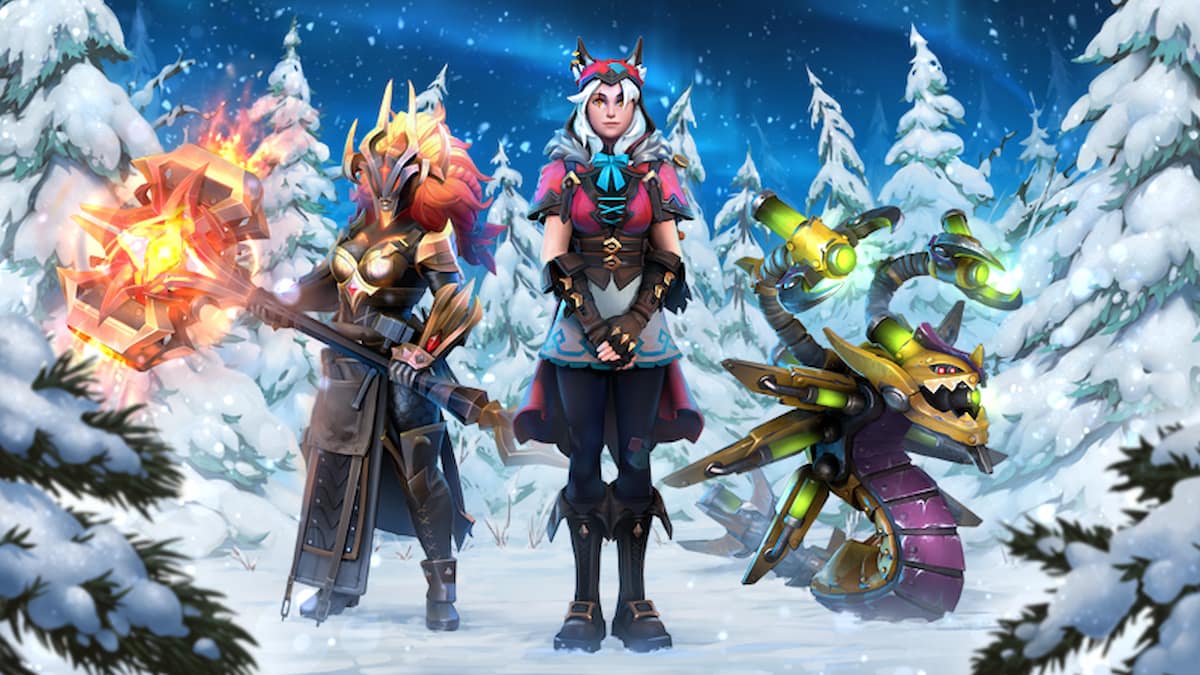

Published: Aug 6, 2019 11:59 pm